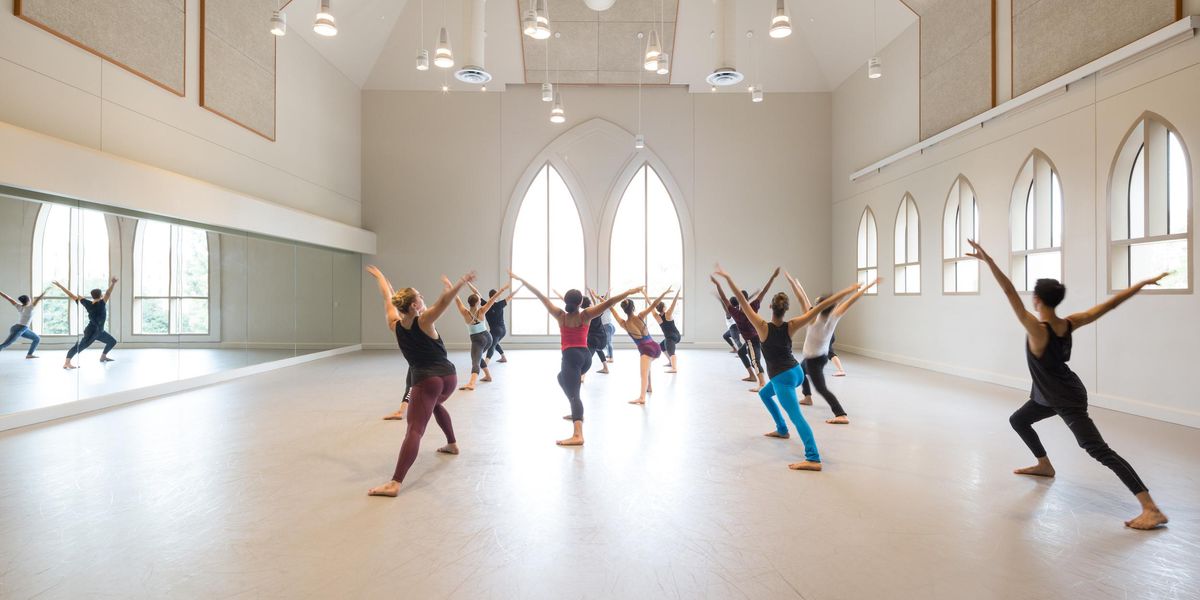Curtain Up
Above: Photos of McGregor by Erik Tomasson.
Above left: Headshot of Perron by Matthew Karas.
Although he’s basically a modern dancer, having studied Limón technique and been influenced by Trisha Brown, McGregor has upped the ante for ballet on an international scale. From San Francisco Ballet to New York City Ballet to the Bolshoi and other companies, his exploding of the ballet vocabulary points a direction toward the future. Concerned less with making beautiful ballets than with stimulating bodies and minds, he surges ahead on all fronts, and ultimately the bracing quality of his movement is a kind of beauty in itself.
For our Choreography Issue, we also bring you dancemakers who are stimulating in a different way: They find it intriguing—or necessary—to bring words into their stage picture. In “Word Play” we interview seven choreographers who are especially adept at the dance-and-text genre. Some would call their work “dance theater,” but others would not answer to that term. These dance artists who grapple with the relation of words to movement include Annie-B Parson, an acclaimed master of the form; Ralph Lemon, a hero of experimental dance; and Sean Dorsey, a 2010 “25 to Watch” in the Bay Area.
And just for fun, Adam Hendrickson, former soloist with New York City Ballet, gripes about the razor touch of the tutu’s edge in “Terrible Tulle.” From the audience, we don’t see the hazards the male dancer faces to make his ballerina look elegant. Ah, the hard life of a cavalier.




